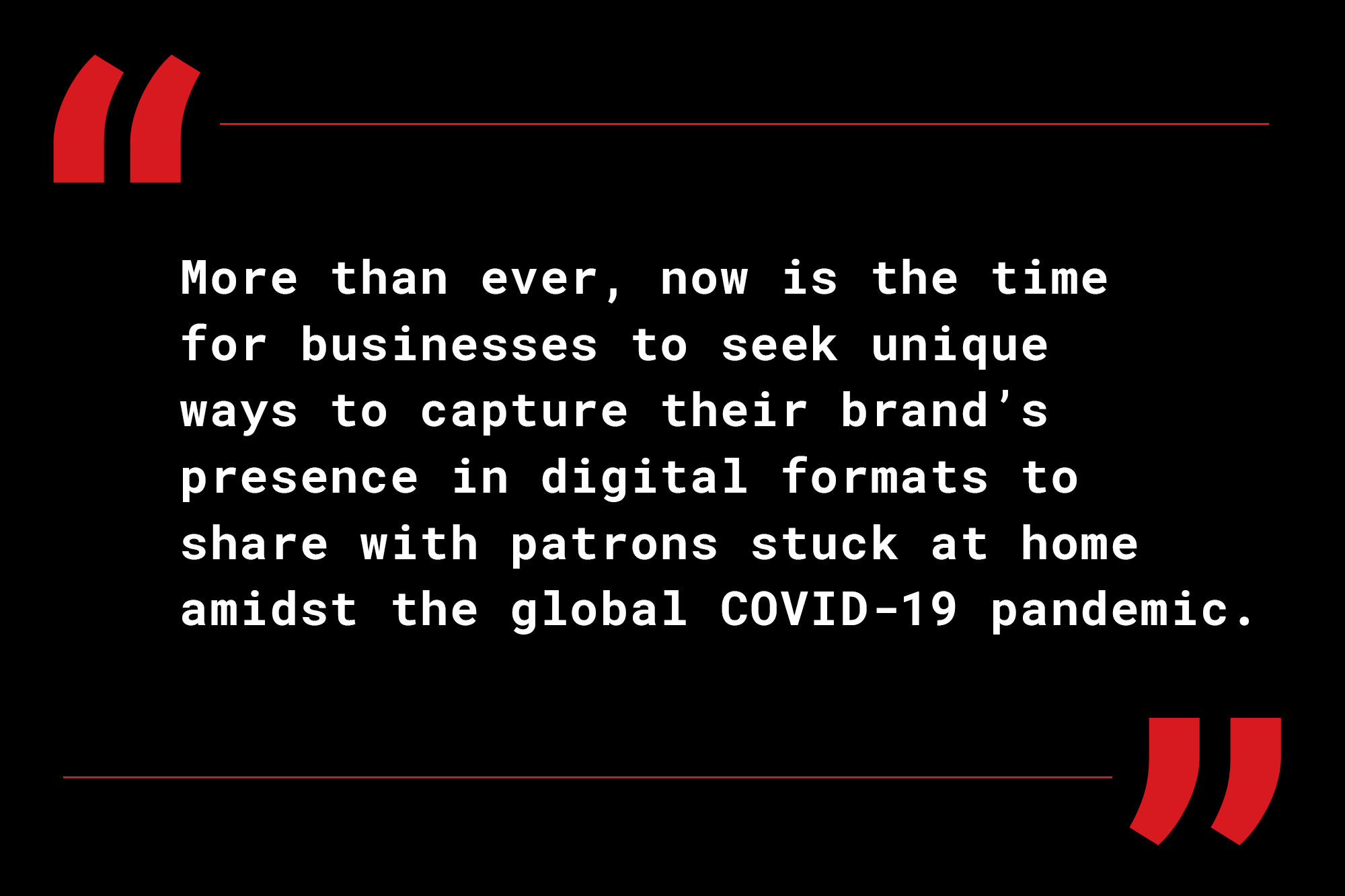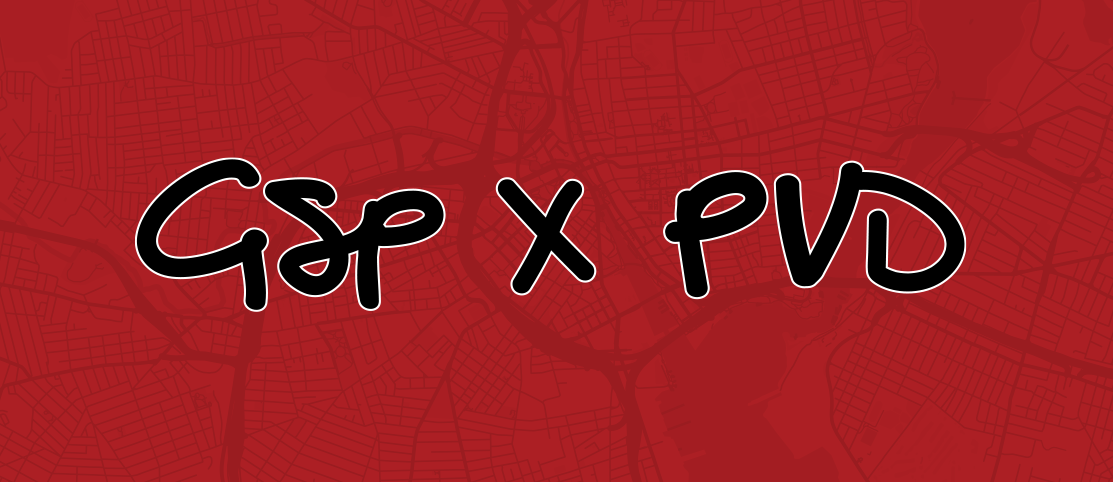Let’s Get Digital: Creating a Virtual Sense of Place
It’s 2020, and by now it’s expected that most (if not all) thriving businesses of any size have some sort of digital presence. Whether this means a customized website, active social media channels, or a listing on a third-party delivery service or ecommerce platform, digital placemaking gives patrons the chance to experience a brand on their own terms, often from the comfort of their own home. More than ever, now is the time for businesses to seek unique ways to capture their brand’s presence in digital formats to share with patrons stuck at home amidst the global COVID-19 pandemic. Beyond just a website with basic information, there’s a multitude of ways that businesses can take their goods and services to the masses via digital means. Below are just a few examples of creative solutions for digital place-making:
1. Curated playlists. Sound has the incredible power to transform any physical space and add to an experience, and it’s also easy to share via the internet. Restaurants and fitness studios alike are sharing curated playlists normally reserved for in-person experiences to their loyal patrons via services like Spotify, Pandora, Soundcloud and other music streaming services. Next time you get takeout from your favorite local spot, ask if they have a go-to playlist that you can play at home while you break out your fine china and light a few candles to amp up your dining-at-home experience. And hey, and no more complaining “it’s too loud in here”— you’re in control of the volume now!

2. Virtual classes and events. What happens when you can’t host a gathering in person? Take it to the web! Streaming video-conference services like Zoom and Google Hangouts have now become the gold standard of hosting virtual events and classes in the wake of COVID-19, but even in less trying times businesses should take advantage of regularly offered online gatherings to reach patrons that might not otherwise have access to these in-person events. Our work in particular with programming Harvard’s Zone 3 initiative has shown how digital events can be just as engaging and unique as their in-person counterparts, and allow for increased flexibility and accessibility. Don’t miss out on their Drinking & Drawing series held Wednesdays from 6-8pm via Zoom, led by local artists who provide instruction and guidance as you imbibe and doodle along at home. If staying physically active is more your thing, bring an energetic group workout class to your living room with their Punk Rock Aerobics sessions offered Tuesdays April 14th and 28th at 6PM via Facebook Live.
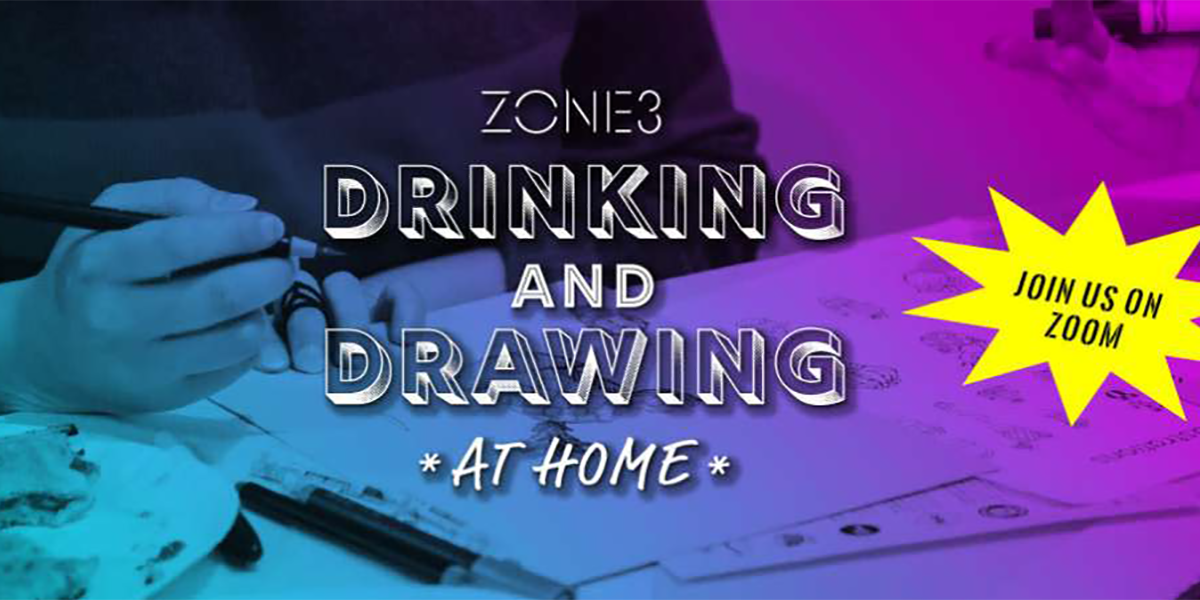
3. Digital collections and exhibitions. Cultural institutions around the world have long been avid adopters of the digital world, most often as a way of cataloging and archiving their collections. Making these collections publicly accessible via self-guided virtual tours allows patrons an at-home exploratory, educational experience. Some of Boston’s best museums are offering digital versions of themselves for people to peruse from the comfort of their couches, offering a temporary escape from the confines of quarantine. While these digital archives are expansive and expertly curated, I could certainly see this “catalogue” model working well if scaled down appropriately for smaller retailers like record shops, thrift stores, fashion boutiques, and more. No matter the preferred digital platform and whether or not businesses actually sell their goods online via ecommerce, a robust and regularly managed digital collection of a business’s products gives at-home consumers a fully satisfying experience like the one they would get if they were at the store browsing shelves.
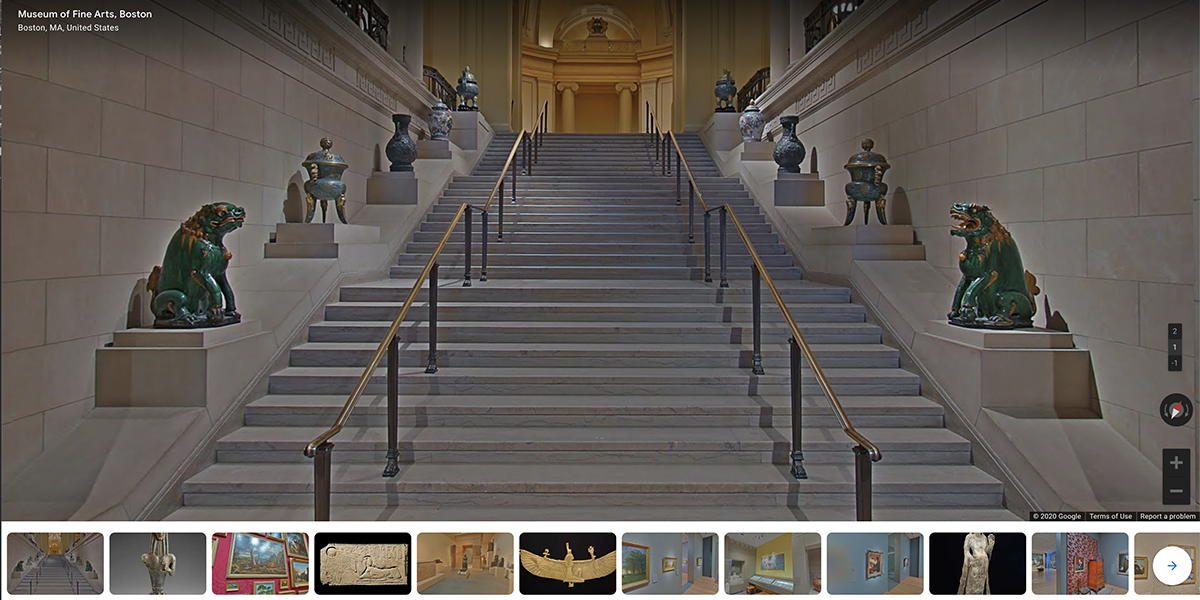
4. 3D spatial models. Short of actually being at a physical location, exploring a digital model of a space is the next best thing. In light of COVID-19, now more than ever real estate developers and other businesses are seeing a surge of interest in virtual tours of their properties. Services like Matterport, Zillow 3D Home, and even Google Street View offer solutions for capturing and stitching together a series of interior images to form elaborate and accurate 3D virtual models of spaces, allowing users to experience a digitally replicated version of a physical space. These services, though they require an upfront investment, will prove invaluable over time as we see a shift in the way people digitally “pre-screen” spaces they’re interested in renting, leasing, or simply visiting. Even in a post-pandemic world, I’m certain people will be more cautious about how and where they spend their time in physical spaces with others. An opportunity to take a virtual tour of a space (whether as an entire replacement or as a “teaser” to a shorter, more limited in-person tour) could help minimize and mitigate risks involved in physically touring a space.
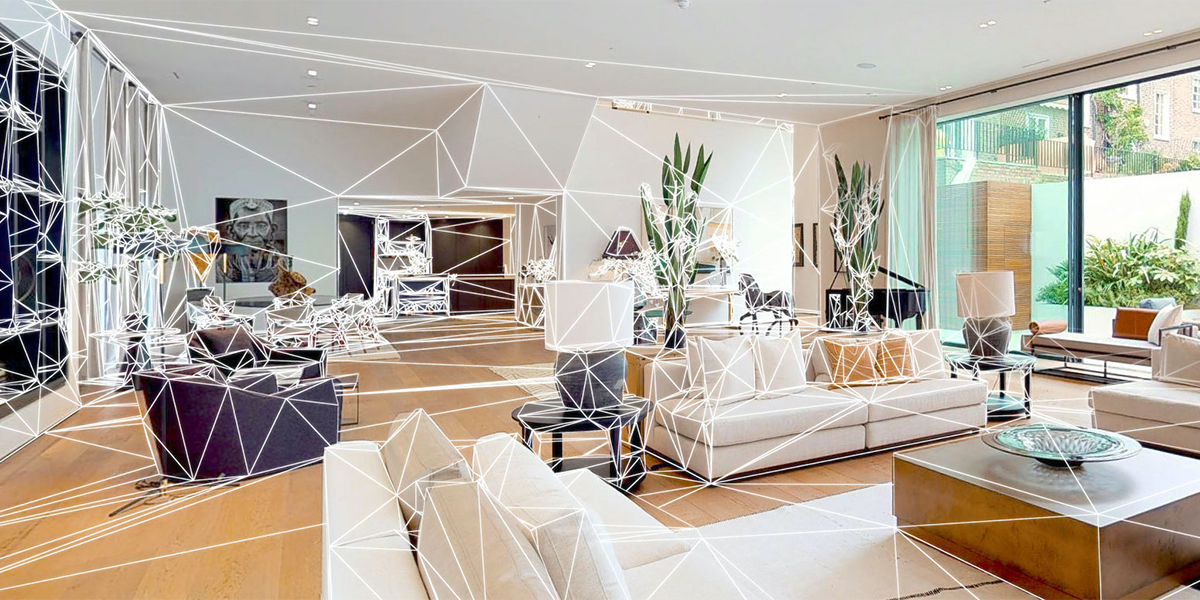
While all of the above ideas for digital placemaking range in levels of investment and scalability, the key idea behind them is that it’s an absolute necessity for businesses to consider their brand’s digital presence and experiences. In times such as these when information and policy is changing constantly, it’s more important than ever that businesses make sure their brand’s digital communications are consistent and clear, and for many that may mean going back to start with the basics. Updated hours of operation, transparent information about how your staff and guests are complying with COVID-19 restrictions and policies, and regularly updated content (whether that’s digital takeout menus, blog posts, social posts, etc.) are all digital “basics” that should be taken care of first and foremost to ensure an accurate and efficient digital experience for your loyal patrons. And while these things may seem obvious, they’re often easy to miss and become quickly outdated if no one is managing them regularly.
Crafting a robust digital experience requires a little strategy and effort (and the creative team at Graffito is happy to help!), but one thing is for sure: the immense value of digital place-making isn’t going anywhere anytime soon. I yearn for the day when I can visit my favorite café or store again in person, but until then, it’s all about recreating those experiences at home through a virtually facilitated experience.
- Brooke Porter
- COVID-19
- Drinking & Drawing
- Matterport
- place-making
- Punk Rock Aerobics
- Sense of Place
- Spotify
- Zillow 3D Homes
- Zone3
